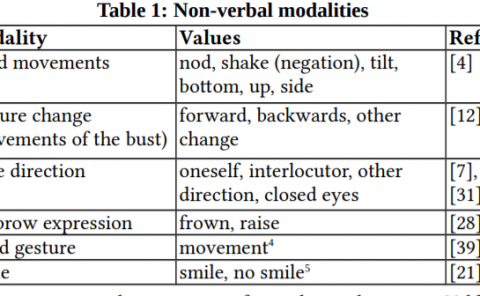Head and eye movements are each facilitated by the offset of a central fixation point in a virtual gap paradigm
PubDate: October 2020
Teams: University of British Columbia
Writers: Jason Flindall, Aman Sara & Alan Kingstone

Abstract
Eye movements exhibit reduced latencies when the point of fixation is extinguished prior to, or coincident with, the appearance of a peripheral target. Two independent components are responsible for this facilitation. If the offset occurs before target onset, it presents a warning which stimulates response preparation and execution. If offset occurs prior to or coincident with target onset, it triggers the release of fixation-maintenance neurons in the superior colliculus that can delay saccadic responses. While the warning effect facilitates responses regardless of effector, the fixation release effect is thought to be specific to the oculomotor system. Head movements, like saccades, contribute significantly to gaze shifts and may be generated directly by the SC. While head movements have been shown to benefit from the warning effect, it is unknown if, and to what degree, they are affected by the release of fixation-maintenance neurons responsible for inhibiting saccades. To address this issue, we measured head and eye response latencies in a virtual reality-based gap paradigm, turning off the fixation point either 200 ms before (temporal gap condition), coincident with (step condition), or 1000 ms after (temporal overlap/baseline condition) target onset. Our results indicate that head movements, like saccades, are facilitated by both the warning and release components of the gap paradigm. Further, rotational kinematics during gap trials differed significantly from those observed in step and overlap trials (higher, earlier peak velocities). These results are discussed with respect to the theorized structure and organisation of the superior colliculus in humans.

